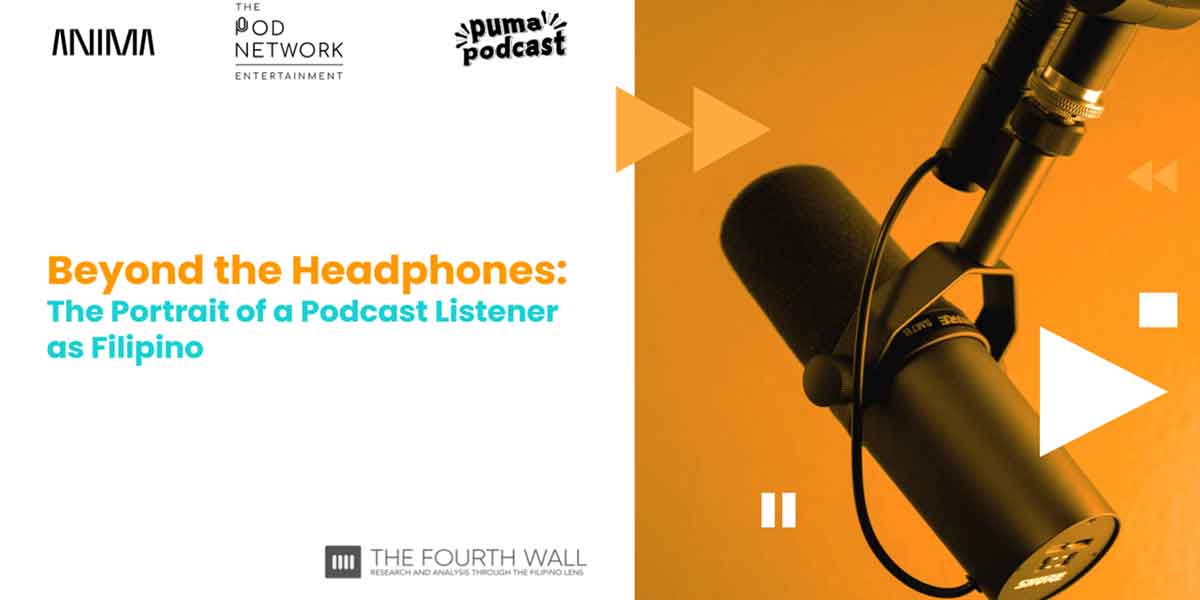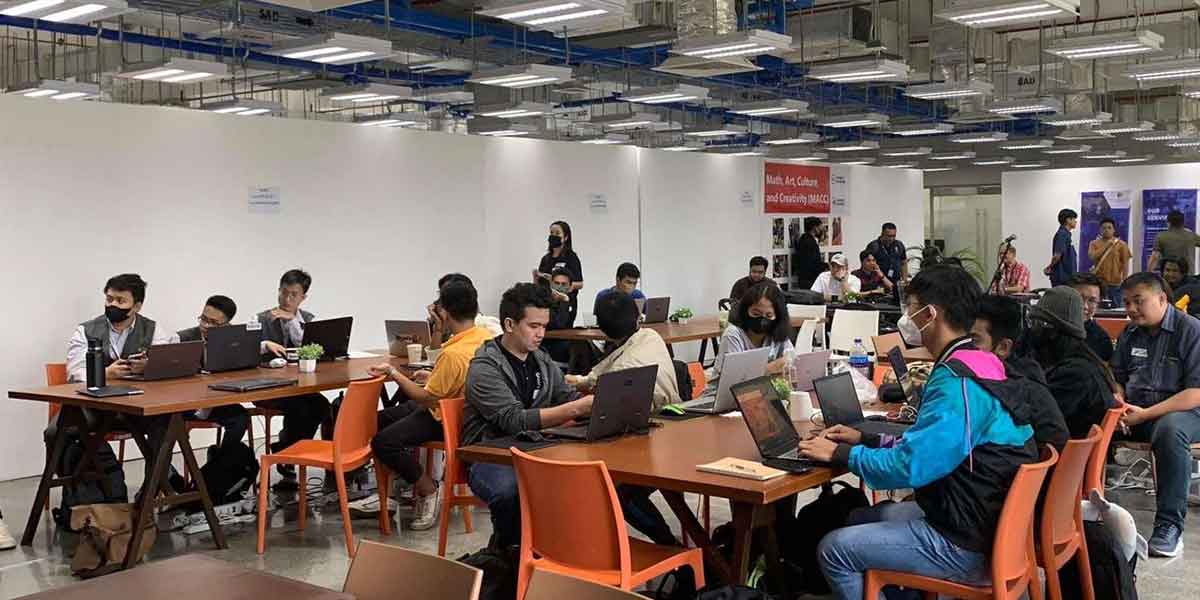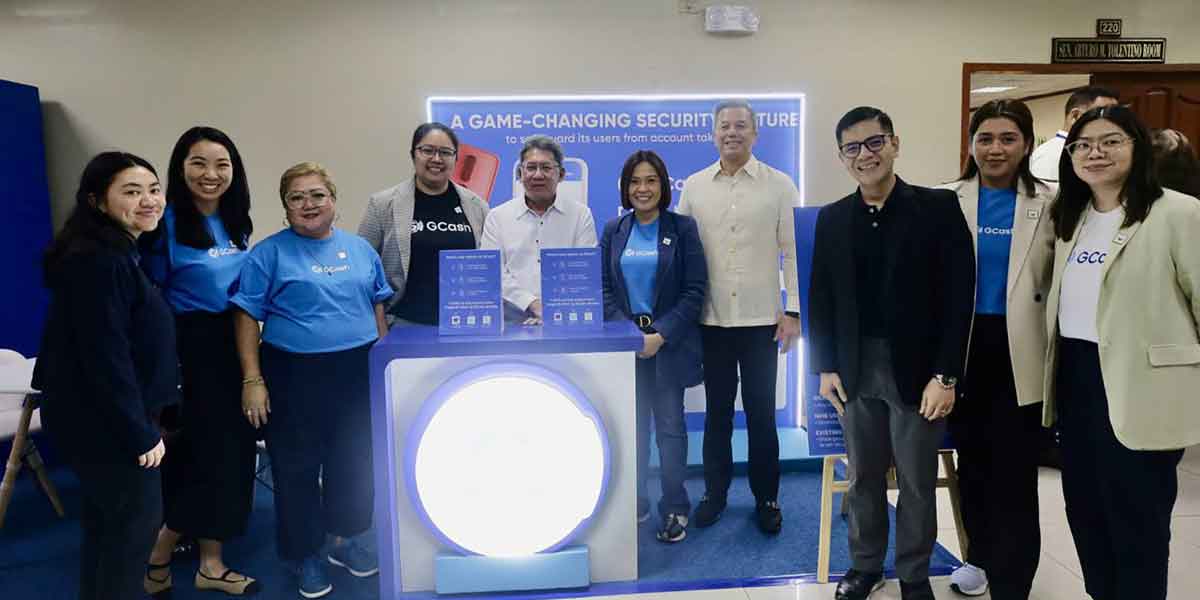 By Artchil B. Fernandez
By Artchil B. Fernandez
Filipinos and the nation were shocked by the sudden and untimely demise of president Noy. It was so unexpected that when the news trickled to the public, many at first dismissed the death as fake news. Only after his four sisters came out and one of them read the official announcement that the public accepted the sad news.
It is up to future historians to come up with a detailed and comprehensive assessment of PNoy’s legacy. However, a general sketch of his overarching legacy can be made this early.
PNoy came to power after almost 10 years of Gloria Macapagal Arroyo’s (GMA) tumultuous and turbulent rule marked with issues of widespread corruption, questions of the legitimacy of her rule, abuse of power, extrajudicial killings, and weakening of government institutions. In the 2010 election, PNoy campaigned to clean GMA’s Augean stables and won a resounding victory.
True to his campaign promise he did run after big time crooks in government. GMA was arrested and charged for corruption. Sitting senators Juan Ponce Enrile, Jinggoy Estrada and Bong Revilla who were implicated in the pork barrel scam were charged and jailed. Enrile later escaped jail courtesy of the Supreme Court while the rest were released from detention when Du30 came to power.
Transparency International’s Corruption Perception Index (CPI) of the Philippines greatly improved during PNoy’s rule. When he assumed the presidency in 2010 the country’s CPI was at 2.4 (0 is most corrupt and 10 is the cleanest). In 2011, Philippines’ CPI rose to 26 (scale now is from 0 to 100), further rising to 34 in 2012, 36 in 2013 and reaching its highest rank at 38 in 2014.
On the economic front, PNoy’s presidency was marked by robust growth of Philippine economy not seen since the early 70s. From the “sick man of Asia” his administration nursed Philippine economy back to health and was hailed as Asia’s “rising economic star,” the second fastest growing economy in the region, next only to China. Gross Domestic Product (GDP) grew by 6.2 percent on average, peaking at 7.8 percent in the fourth quarter of 2012, outpacing China. PNoy’s administration also performed better compared to his predecessors in managing inflation holding it steady at 2.7 percent.
The World Economic Forum’s (WEF) Global Competitiveness Report, which measures a county’s worthiness as an investment destination using metrics such as investment attractiveness, ease of doing business among other indicators consistently gave the Philippines good ratings under PNoy. In 2011, Philippine ranking rose to 75th from 85th among 144countries. A year before PNoy left the presidency Philippine ranking stood at 47th and has climbed 38 spots during his presidency.
It was also during PNoy’s presidency that the Philippines for the first time got an investment rating grade from Moody’s, Fitch Rating, Standard and Poor’s, and Japan Credit Rating Agency Ltd. (JCR) in 2013. The BBB– rating was further upgraded to BBB+ in 2015. Credit rating indicates a country’s creditworthiness and gives it easy access to loans with lower interest rates.
Local stock exchange was also at its highest during PNoy’s presidency. Philippine Stock Exchange (PSE) reported that when PNoy became president PSE index closed at 3,315.26 but when he left office six years later it closed at 7,796.25 soaring 153.2 percent. The Philippine Chamber of Commerce and Industry (PCCI) noted inflow of foreign direct investment (FDIs) steadily improved during PNoy’s term, rising by 60 percent. PCCI attributed the surge in capital inflows to “high-profile campaign to weed out corruption and the excellent performance of the GDP.”
Aside from a vigorous economy, one of PNoy’s enduring legacies is defending the country’s territorial integrity and sovereignty against China’s aggressive expansion. He hauled China before the Permanent Court of Arbitration (PCA) in The Hague and won a decisive legal and moral victory. The PCA invalidated China’s nine-dash-line and upheld the position of the Philippines. The win was a mortal blow to China’s imperial design.
But PNoy’s most important legacy is exposing or unmasking the limits of EDSA liberal regimes. He also showed that good intention, having a good heart or sincerity is not enough to effect meaningful social change unless one goes beyond the system.
True and the facts bare this out that the economy impressively grew by leap and bound during PNoy’s watch but the question is, growth for whom? Did this growth trickle down to the marginalized sections of the population? Did the booming economy under PNoy narrowed the vast economic and social divide in Philippine society and reduced the huge gap between the haves and have-nots? Apparently, the answer is No.
Failure not just of PNoy but the entire EDSA project to address the malignant structural defects of the country despite notable economic growth proved to be the undoing of the liberal regimes. It paved the way for the rise of populist leaders like Du30. The Du30 phenomenon is not due to PNoy’s failings but to the fact that his remarkable economic performance largely benefited only the elite (look at the income of ten riches Filipinos), seeping to some extent to the middle class with those in the margins largely left untouched.
PNoy was sincere, honest and decent with his heart bleeding for the poor but he was operating within a system that is skewed in favor of the elite and this limits what he can do. A meaningful social change is not possible within the current unjust and inequitable system for the problem is the system itself. That is why Filipinos are still looking for a champion who will dismantle the uneven system. This also explains the failure of Du30 to fulfill his campaign promises despite the bravado for like PNoy he also works within the system.
Revealing the limitations of liberal regimes to address structural ills is perhaps PNoy’s greatest legacy.





















